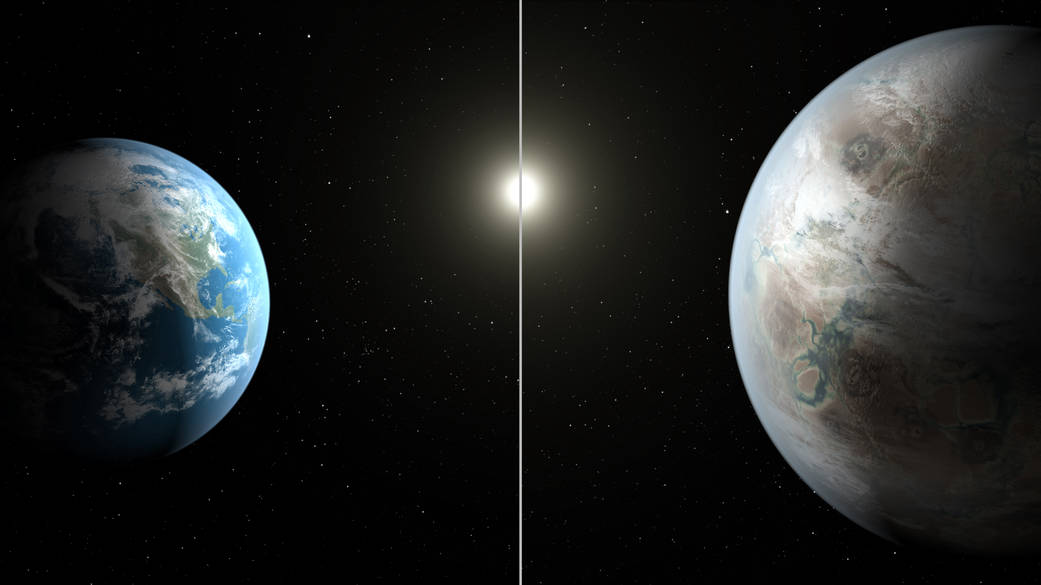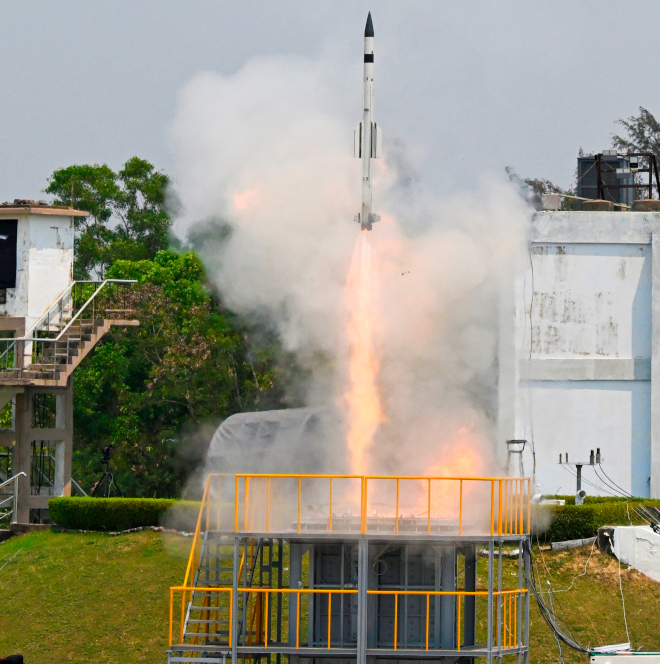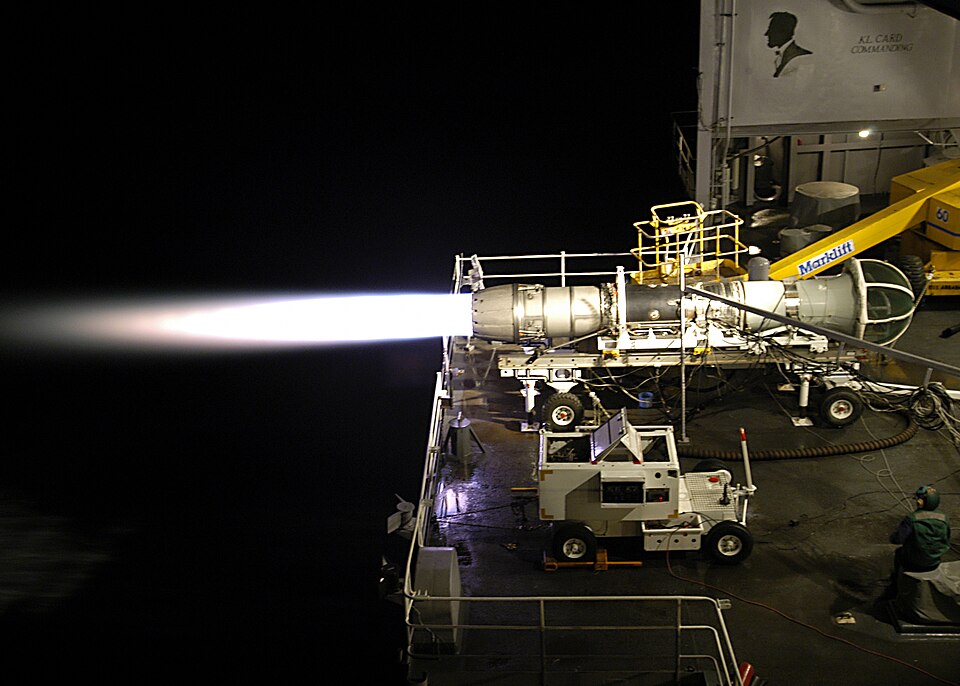
The artistic concept compares Earth (left) to the new planet, called Kepler-452b, which is about 60 percent larger. Photo: NASA/JPL-Caltech/T. Pyle
WASHINGTON (BNS): Scientists using data from NASA's Kepler mission have discovered the first near-Earth-size planet orbiting in the 'habitable zone' of a sun-like star.
The new Kepler-452b is the smallest planet to date found orbiting in the habitable zone - the region around a star where temperatures are just right for water to exist in its liquid form.
The Kepler-452 system is located 1,400 light-years away in the constellation Cygnus.
"On the 20th anniversary year of the discovery that proved other suns host planets, the Kepler exoplanet explorer has discovered a planet and star which most closely resemble the Earth and our Sun," said John Grunsfeld, associate administrator of NASA's Science Mission Directorate at the agency's headquarters in Washington.
"This exciting result brings us one step closer to finding an Earth 2.0."
Kepler-452b is 60 percent larger in diametre than Earth and is considered a super-Earth-size planet. Its mass and composition are not yet determined but planets the size of Kepler-452b has a good chance of being rocky, according to scientists.
While Kepler-452b is larger than Earth, its 385-day orbit is only 5 percent longer. The planet is 5 percent farther from its parent star Kepler-452 than Earth is from the Sun.
Both planets orbit a G2-type star of about the same temperature; however, the star hosting Kepler-452b is 6 billion years old, 1.5 billion years older than the sun.
"We can think of Kepler-452b as an older, bigger cousin to Earth, providing an opportunity to understand and reflect upon Earth's evolving environment," said Jon Jenkins, Kepler data analysis lead at NASA's Ames Research Centre in Moffett Field, California, who led the team that discovered Kepler-452b.
"It's awe-inspiring to consider that this planet has spent 6 billion years in the habitable zone of its star; longer than Earth. That's substantial opportunity for life to arise, should all the necessary ingredients and conditions for life exist on this planet."
The confirmation of Kepler-452b brings the total number of confirmed planets to 1,030, NASA said.
The research paper reporting this finding will be published in The Astronomical Journal.
 Previous Article
Previous Article Next Article
Next Article













The Indian Air Force, in its flight trials evaluation report submitted before the Defence Ministry l..
view articleAn insight into the Medium Multi-Role Combat Aircraft competition...
view articleSky enthusiasts can now spot the International Space Station (ISS) commanded by Indian-American astr..
view article